Surprise, surprise! Today we’ll be talking about fakes. Well, not exactly – about bootlegs, which basically means meta fashion knockoffs that borrow big brand logos.
The notion originates from real bootlegs that smugglers used for hiding illegal stuff when crossing country borders in the 19th century. The word became a part of the fashion dictionary in the 1980s thanks to Harlem-based king of luxury fakes Daniel Day known as Dapper Dan. Keep scrolling!

Daniel Day earned his living by being a skilled gambler. He also loved to dress fashionably, which resulted in him opening a boutique and selling clothes that met the tastes of the Harlem public. They were made of crocodile leather, silk, fur, and other luxe and specialty materials.
The business became successful mainly because of his connections – the boutique was famous among the Harlem criminal authorities as there they were able to get fur-lined clothes and other one-off garments. The most sought-after brands were Gucci and Louis Vuitton, however, they were nearly impossible to get as the brands didn’t allow the new unconventional clientele inside the store.

One day, a big dealer visited Dapper Dan’s Boutique with his girlfriend who carried a Louis Vuitton bag. The bag was the center of attention and conversation, and Dapper Dan realized that the most desirable was not the accessory itself but the logo it was graced with. Long story short, the gangster left the boutique in a brand-new jacket that had sleeves embellished with the LV logo. Ever since, Dapper Dan’s designs with the LV, Gucci, and Fendi monograms used without the brands’ permission became the hottest thing.
Funny enough, Dapper Dan started making clothes by Louis Vuitton before the brand did. So a bootleg is not a rip-off item, it’s likely an original design appropriating the brand’s logo and features. The bootleg clothes might have nothing in common with the original brand designs.

As hip hop rose in the 1980s, Dapper Dan became one of the most popular designers loved by musicians. Artists and music groups appreciated the chic oversized designs covered in logos, and that made bootleg a world-known phenomenon.
You would be wrong to think that Dapper Dan sold his clothes at a low price. His bootlegs cost more than brands’ originals because they usually were unique and available only to few people.

The boutique had to close in 1992 because of the physical altercation between Mike Tyson and Mitch Green that happened just outside the atelier. The fight was featured in tabloids, and it turned out that Fendi’s lawyers read them, too. Dapper Dan had to face many lawsuits because of the strict copyright laws.
Nevertheless, the story doesn’t end there – the scandal and legal fights failed to affect the designer’s legacy.

Gucci executives decided not to cancel Dapper Dan but to collaborate with him instead. In 2018, the brand released a collection together with Dapper Dan and it was abundant with items reimagining the designer’s legacy: the highlight of the collection was a copy of the puff-sleeve jacket originally created for Diane Dixon, this time embellished with Gucci’s monogram instead of Louis Vuitton’s.
Dan was also invited to create a collection for Puma.
Basically, bootlegs and meta knockoffs are a trend these days. There may be a few reasons as to why:
- The influence of mass-market retailers. It all started with Zara which was working hard to process all the newest trends and release affordable knockoffs in a matter of days. At first, the goods somewhat resembled designer clothes and items, but later they became unapologetically similar. Because of this race, some high-end brands, like Jacquemus, started to release collections appropriate for the ongoing season, not the one ahead.
- Democratization of fashion. All the strict rules and snobbish mindset are left behind – everything that was deemed bad taste in the past is now looked upon as good and acceptable.
- Gen Z have entered the market and they seem to perceive fashion differently. Unlike the previous generation, they are more likely to express themselves via fashion, they are interested and invested in trends and brands. They tend to mix expensive designer items with thrifted clothes and don’t hesitate to sport fakes together with the real thing.
And it seems like bootleg fashion was the starting point! There’s no more yay’s or nay’s in fashion – everything’s fashionable and stylish. All at once. We love the freedom of expression. Do you?
Find more posts about style and fashion here:
Garden of Time at 2024 Met Gala




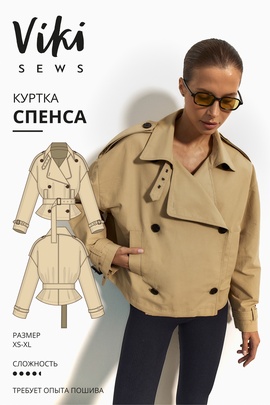
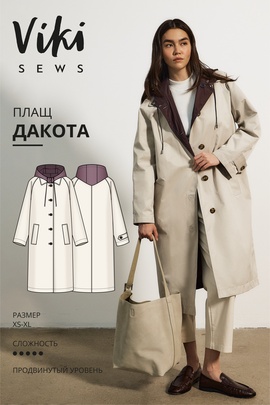
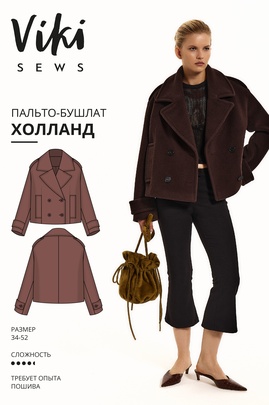
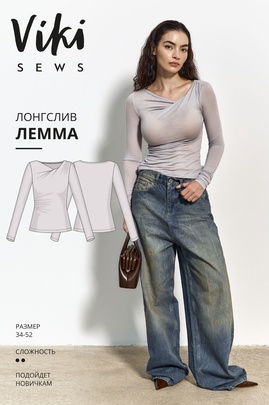
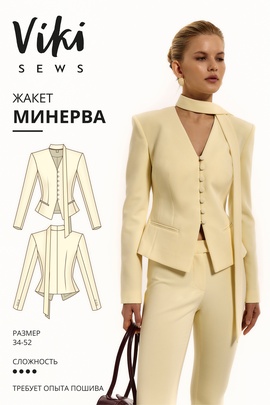
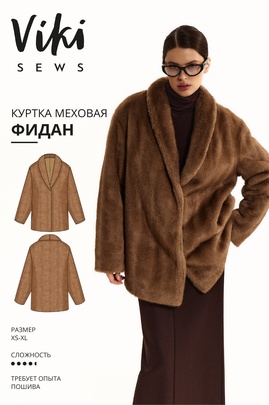
Здесь пока нет комментариев